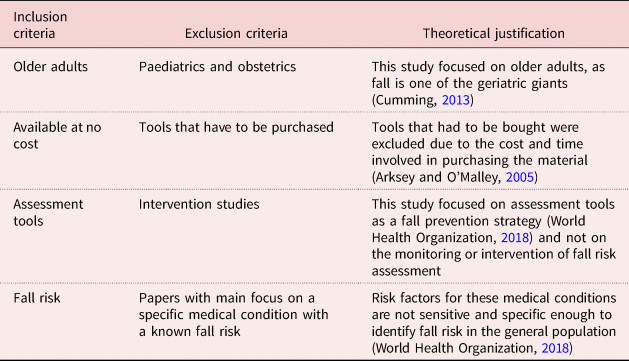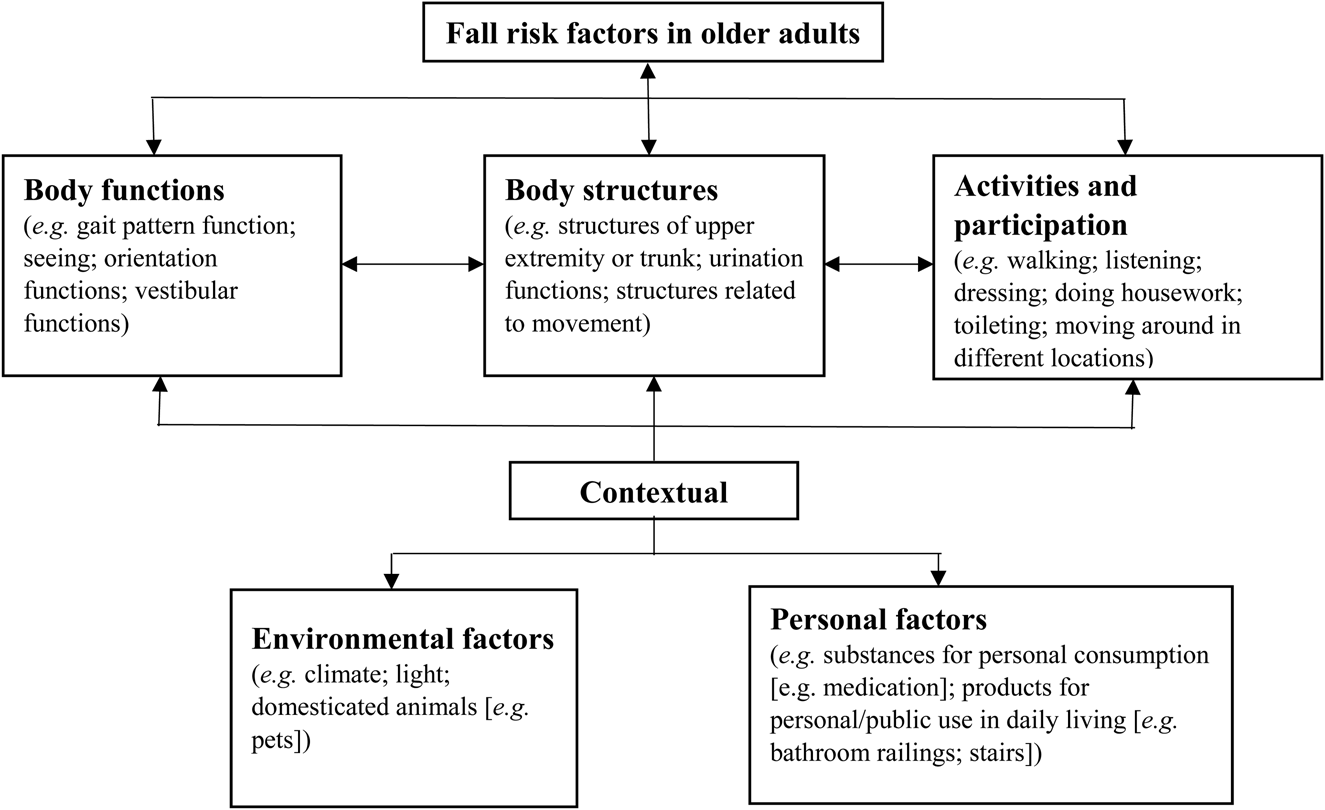Rumored Buzz on Dementia Fall Risk
Rumored Buzz on Dementia Fall Risk
Blog Article
Dementia Fall Risk Fundamentals Explained
Table of ContentsThe Of Dementia Fall RiskEverything about Dementia Fall RiskThe Only Guide for Dementia Fall RiskFacts About Dementia Fall Risk Revealed
A loss threat analysis checks to see exactly how likely it is that you will drop. It is primarily provided for older adults. The assessment typically includes: This includes a collection of questions about your total wellness and if you've had previous drops or problems with balance, standing, and/or strolling. These devices evaluate your toughness, balance, and gait (the method you walk).Interventions are referrals that might minimize your threat of dropping. STEADI consists of three steps: you for your risk of dropping for your danger factors that can be enhanced to try to stop falls (for example, equilibrium troubles, damaged vision) to reduce your danger of falling by using efficient methods (for instance, giving education and resources), you may be asked several concerns including: Have you fallen in the previous year? Are you fretted concerning dropping?
If it takes you 12 seconds or even more, it may indicate you are at greater threat for an autumn. This examination checks strength and equilibrium.
Move one foot halfway forward, so the instep is touching the large toe of your other foot. Move one foot fully in front of the other, so the toes are touching the heel of your other foot.
The Definitive Guide to Dementia Fall Risk
A lot of falls take place as an outcome of numerous adding aspects; consequently, taking care of the risk of falling begins with determining the aspects that add to fall threat - Dementia Fall Risk. A few of one of the most pertinent threat factors include: History of prior fallsChronic clinical conditionsAcute illnessImpaired stride and balance, lower extremity weaknessCognitive impairmentChanges in visionCertain risky drugs and polypharmacyEnvironmental elements can likewise enhance the threat for drops, including: Insufficient lightingUneven or harmed flooringWet or unsafe floorsMissing or harmed hand rails and get barsDamaged or poorly fitted tools, such as beds, mobility devices, or walkersImproper use of assistive devicesInadequate supervision of the individuals staying in the NF, including those that display hostile behaviorsA effective autumn risk management program needs a detailed medical assessment, with input from all members of the interdisciplinary team

The treatment plan must likewise include reference interventions that are system-based, such as those that promote a secure environment (suitable illumination, hand rails, order bars, and so on). The efficiency of the interventions should be assessed regularly, and the treatment plan changed as required to reflect adjustments in the autumn danger analysis. Implementing a loss risk management system using evidence-based finest method can minimize the frequency of falls in the NF, while limiting the capacity for fall-related injuries.
Excitement About Dementia Fall Risk
The AGS/BGS standard suggests screening all adults matured 65 years and older for fall threat annually. This screening contains asking people whether they have actually fallen 2 or even more times in the past year or looked for medical interest for a loss, or, if they have not dropped, whether they feel unsteady when walking.
People that have dropped as soon as without injury ought to have their equilibrium and stride reviewed; those with gait or equilibrium irregularities must receive additional assessment. A background of 1 loss without injury and without gait or balance issues does not necessitate more assessment beyond continued annual autumn danger screening. Dementia Fall Risk. A loss risk her response evaluation is required as i loved this component of the Welcome to Medicare exam

The Greatest Guide To Dementia Fall Risk
Recording a drops history is one of the top quality indicators for autumn prevention and administration. copyright medications in particular are independent predictors of falls.
Postural hypotension can typically be alleviated by decreasing the dose of blood pressurelowering medications and/or stopping drugs that have orthostatic hypotension as an adverse effects. Use above-the-knee support pipe and copulating the head of the bed boosted might also reduce postural reductions in blood pressure. The recommended aspects of a fall-focused physical evaluation are revealed in Box 1.

A Yank time better than or equivalent to 12 secs recommends high loss threat. Being incapable to stand up from a chair of knee elevation without using one's arms shows increased loss danger.
Report this page